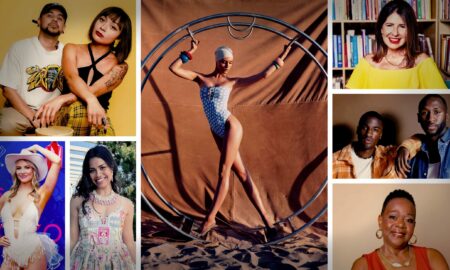

Today we’d like to introduce you to Robin Raznick.
Hi Robin, so excited to have you with us today. What can you tell us about your story?
My dad was a sculptor, architect, and all-around Renaissance guy. He had a studio off the garage when I was little, and I would hang out in there, and I was always drawing. That said, I come from a pretty creative family of writers and makers; my brother ran an advertising agency in Pasadena for 25 years. I thought I would go into fashion; I always had a funk in my presentation, and people would comment. In high school, my parents let me go to England to study for a year, and that changed my life. When I stood in front of these large-scale Hockney’s and Turner’s at the Tate, well, it just blew my hair back. That memory and moment is as clear as day for me even now; it was like a cartoon light bulb, and I thought, well, this is it; I’m a painter.
Every summer since I was seven years old, I would go to a residence camp in the mountains. I loved it, and when I was old enough, I continued working as an art specialist. After my BFA at CCA, I went on to get my art credentialing so I could continue to work with kids and combine my two passions. Teaching art and working with young people has had a profound influence on my studio work and brought a richness to my life. I’ve taught in Israel, San Diego, LA, and the Desert. Artists are kind of loaner types as we spend endless physical hours alone doing our craft, as well as so much time in our heads dreaming about what we are working on or our next piece. I’m a person of service, and teaching has assured that I am connecting with other creatives on a daily basis, offering my craft and support, and learning from a wealth of young minds.
I’m sure it wasn’t obstacle-free, but would you say the journey has been fairly smooth so far?
Smooth road…HA! I don’t think anyone in the arts can declare it’s been a smooth road. Being an artist, I mean truly being an artist (not someone who just says, “Oh yea, I’m an artist”, and they dabble in watercolors), is a daily practice and a 10k+ hours job. We are in the studio whether tired, or stressed, or inspiration is striking or not. Working at my edge is pertinent to growth and well-being. I think some makers get bogged down with the idea of what the public or gallery might want, especially if you’ve made several sales in a particular series. They keep making the same safe body of work over and over…that would drive me crazy. For me, it’s about quality of life and not just painting or sculpting per se but living as an artist in everything I do. Marketing, applying for shows, going to openings, connecting with gallerists and curators, teaching, daily practice of making art, life…it’s a juggling act. Like most of us, I started at smaller fairs and shows and now am invited to residencies, more prominent galleries, and museums. This winter, I’m in residence at the MOAH in Lancaster and in the Oceanside Museum of Art Biennial. I’d love to be invited to show at LA Louvre, The Pit, The Hole, Ochi, Patricia Sweeney… there’s so many great galleries in LA!
Thanks – so what else should our readers know about your work and what you’re currently focused on?
When I walk outside, I hear birds, see cloud formations, small creatures, and the textures and colors of this earth. Everything is connected and our interdependence on each other and with the natural world is paramount for survival. I use soil, rock, and root in my work as it’s literally the grounding and foundation that we share and unites all living things. Using these elements in congress with oil paint and manufactured goods, as opposed to just “painting” the soil for example, marries these concepts and invokes a visceral experience in the studio. My paintings and sculptures are my Snow White-like stories of my surroundings and my fascination with the complexity and perseverance of the planet. As an artist, educator, mother, and woman, I am attached to all the living components that work in unison to create this whole. Being an artist provides me an opportunity to communicate subtle messages by choosing a path that invites and intrigues.
My work is representational through an emotive and abstract lens. Organic elements of soils, small bugs and creatures, sticks, rocks, feathers, nests, ceramic shards, and fabrics are incorporated into the painted surfaces. I push the texture by combining materials to create contrast and variety. Clumps of paint are scraped from palettes, squeezed from pastry tubes, and smeared with hands, so much so that the face of the paintings are sometimes 2” or more in-depth, and for the most part, the canvases are large in scale. Sculptural works grow out of the painted imagery, and as the paint is often sculpted on the canvas, the paint informs the clay and vice versa. Although the natural elements are embedded in oil paint, there is an inevitable decay in the work as part of a life cycle. Just as over time the oil paint will crack and the surface will undergo changes, so the organic material may gradually fade away into the land from which it’s come. Life, death/decay is a consistent theme, and the duality of humanity and nature in Congress and conflict.
Let’s talk about our city – what do you love? What do you not love?
I tend to be nostalgic as I love the canyons, the greenery, and the architecture. There are so many beautiful old Spanish revival, ranch, midcentury, and what I like to call hippie farmhouse-style homes and tree-lined streets. Growing up in Nichols and Laurel, you get a different perspective of the city. Most of my friends lived there, or Bronson, or Beachwood, and those areas have changed some, but still have a great feeling. Of course, the universal answer of what I like least is the traffic, and with that, rude drivers. It only takes a second to be courteous.
Contact Info:
- Website: https://www.robinraznick.com/
- Instagram: @raznick_studio
![]()
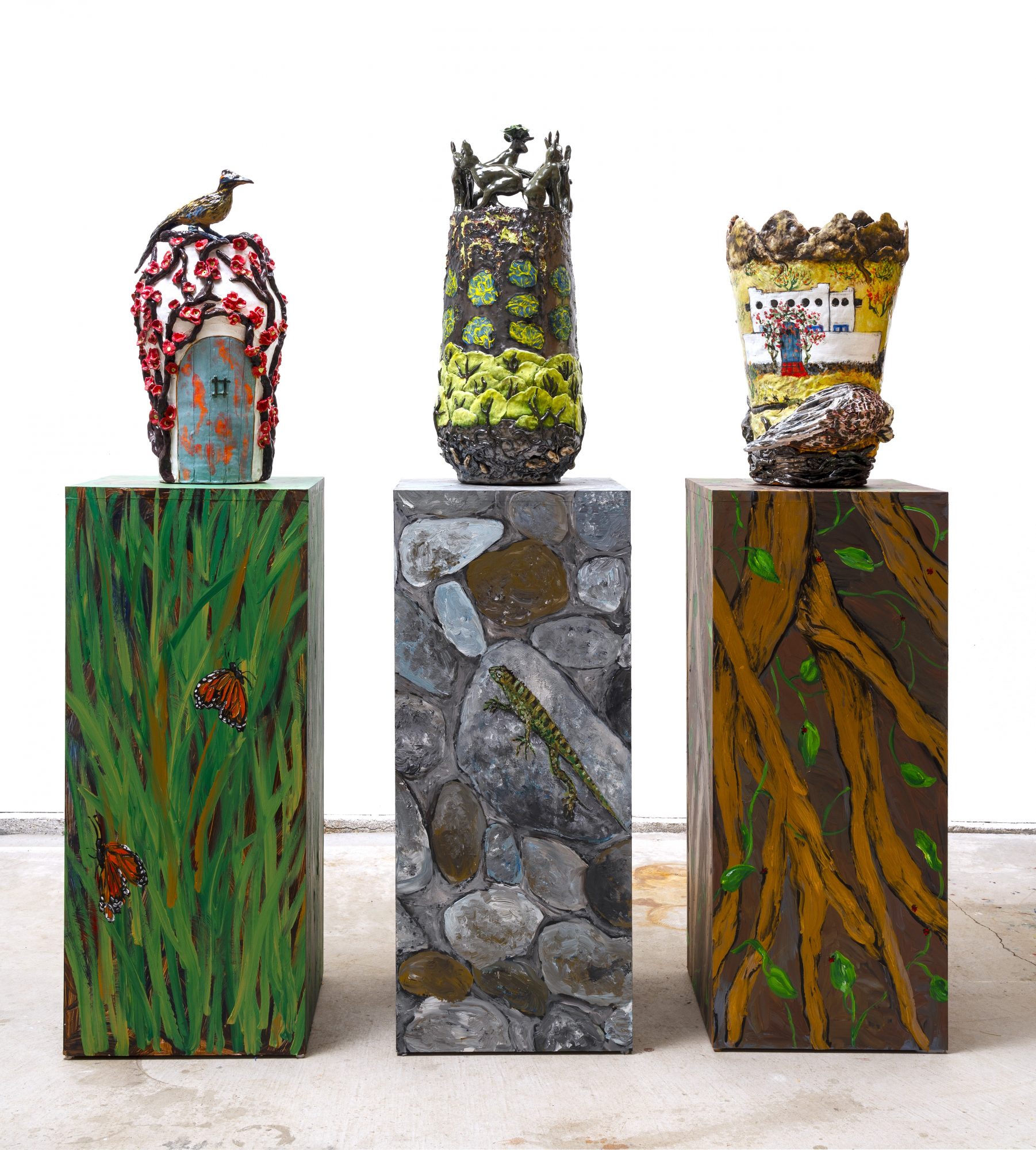
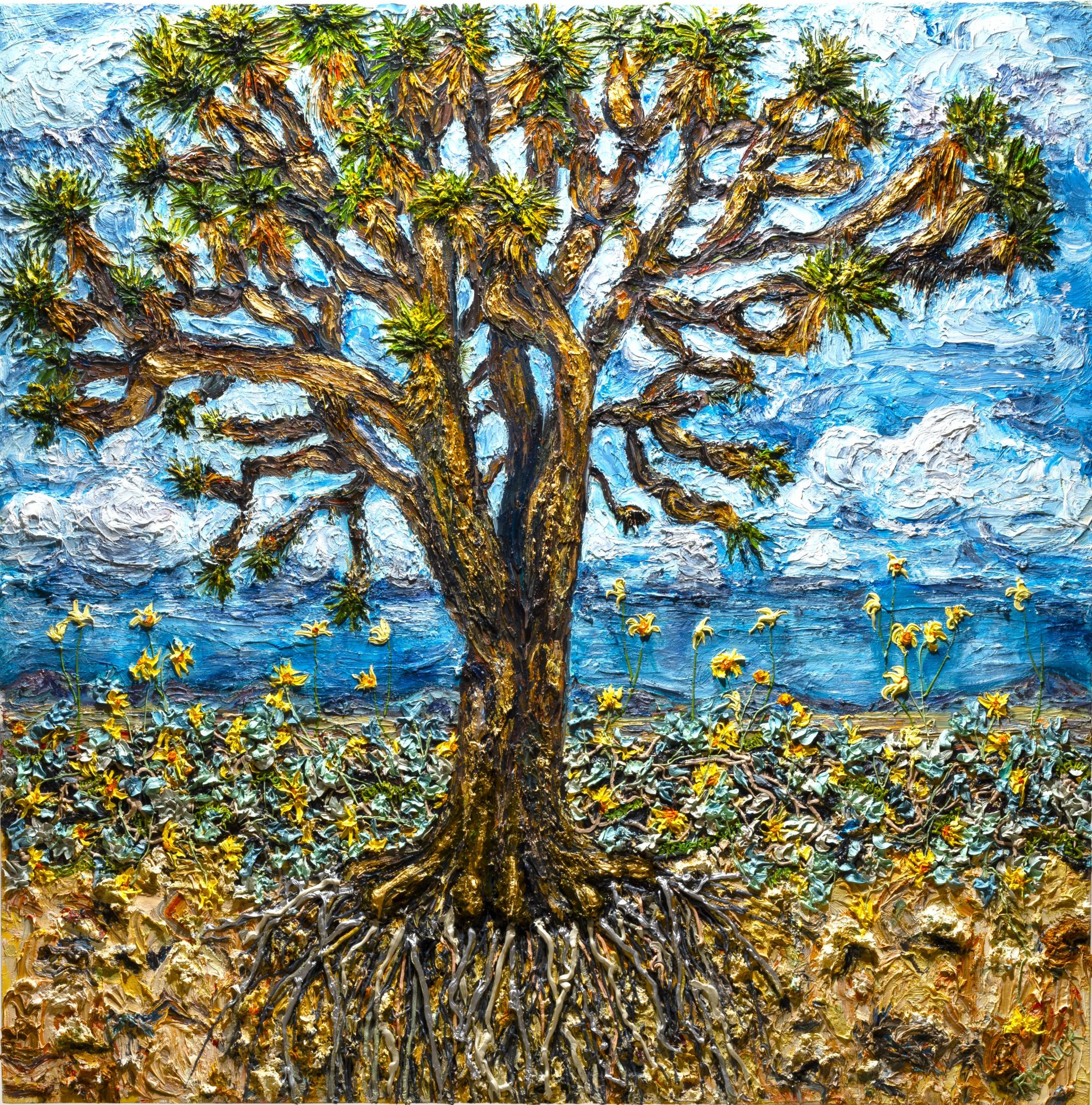

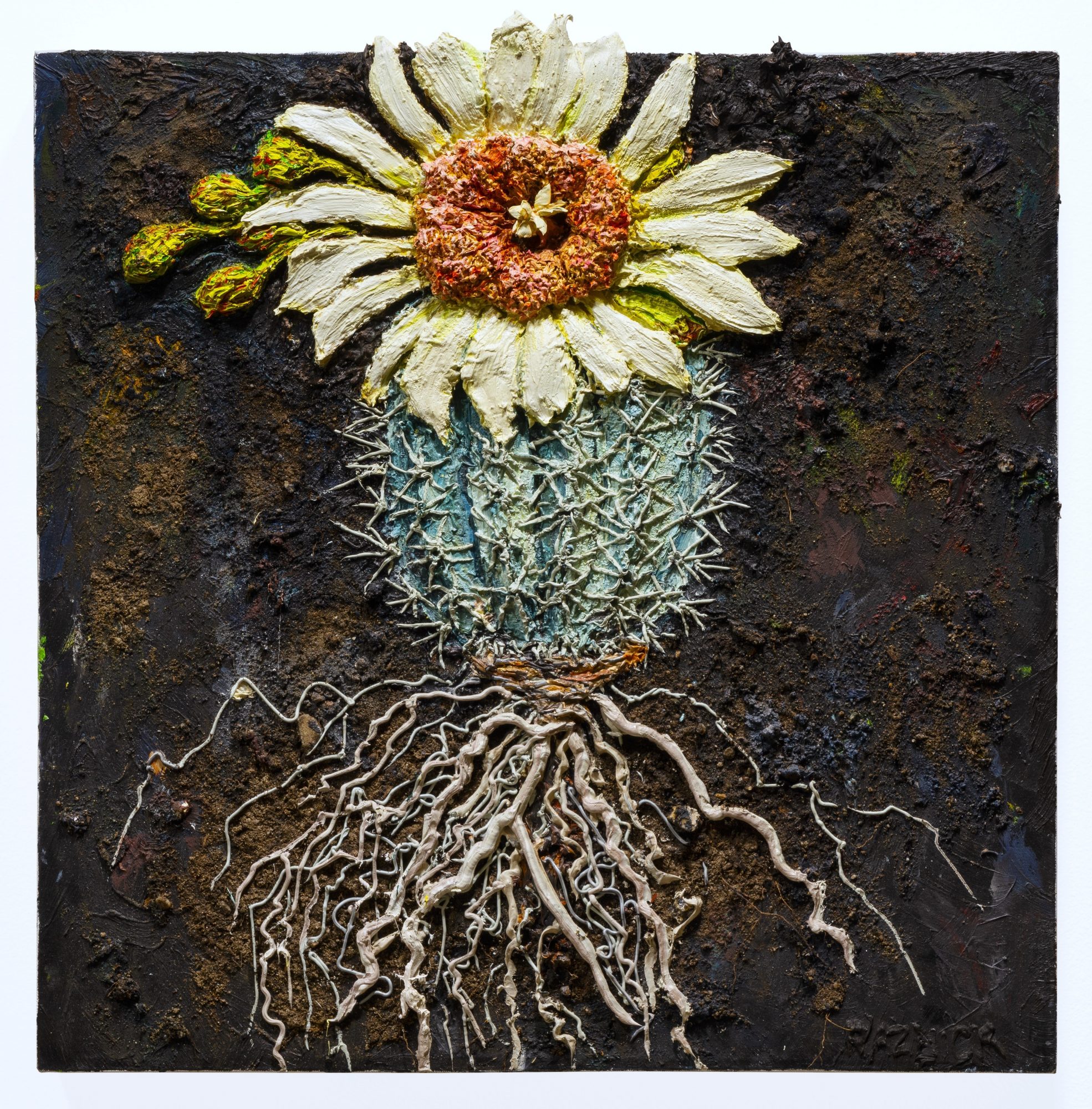

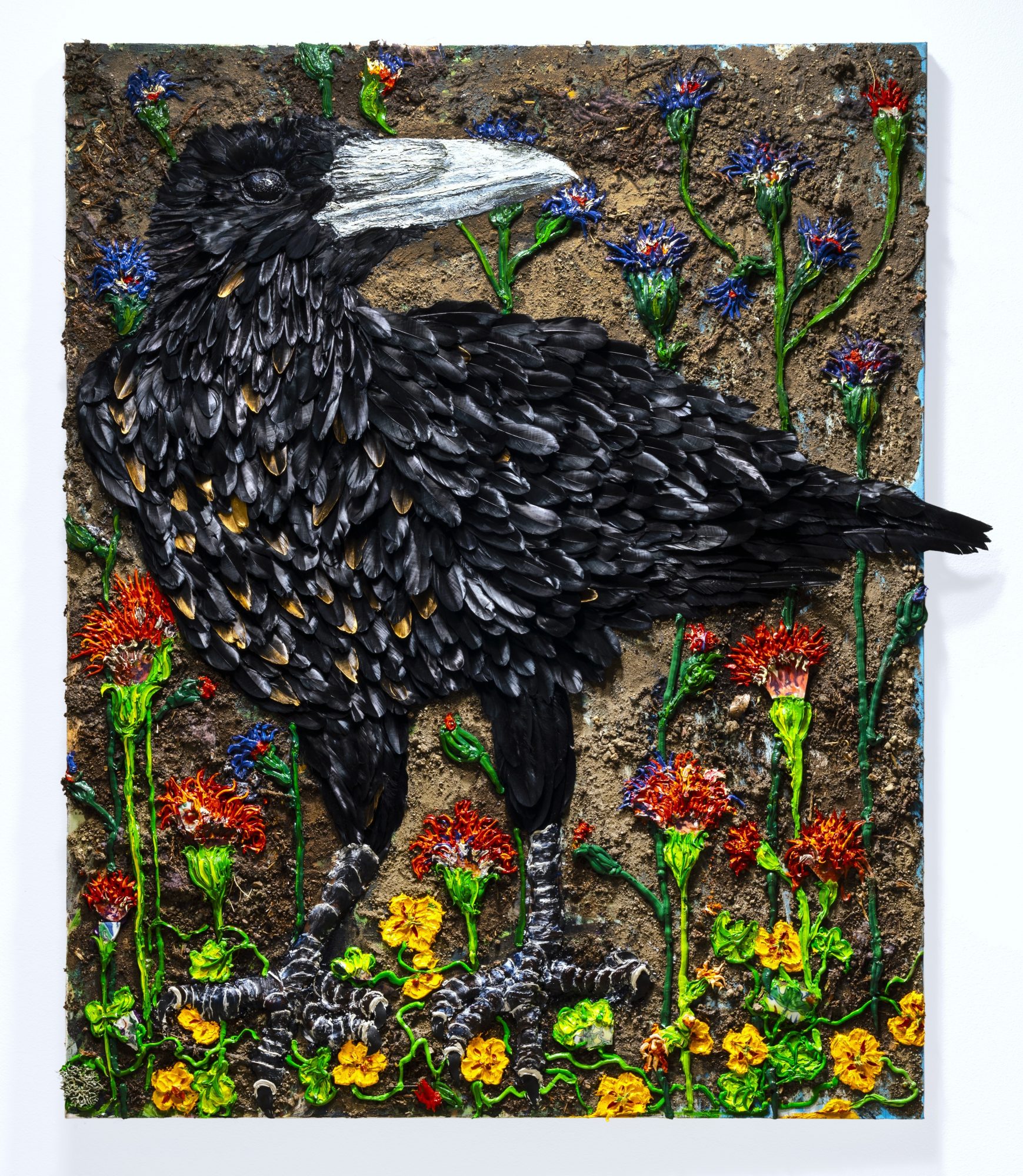
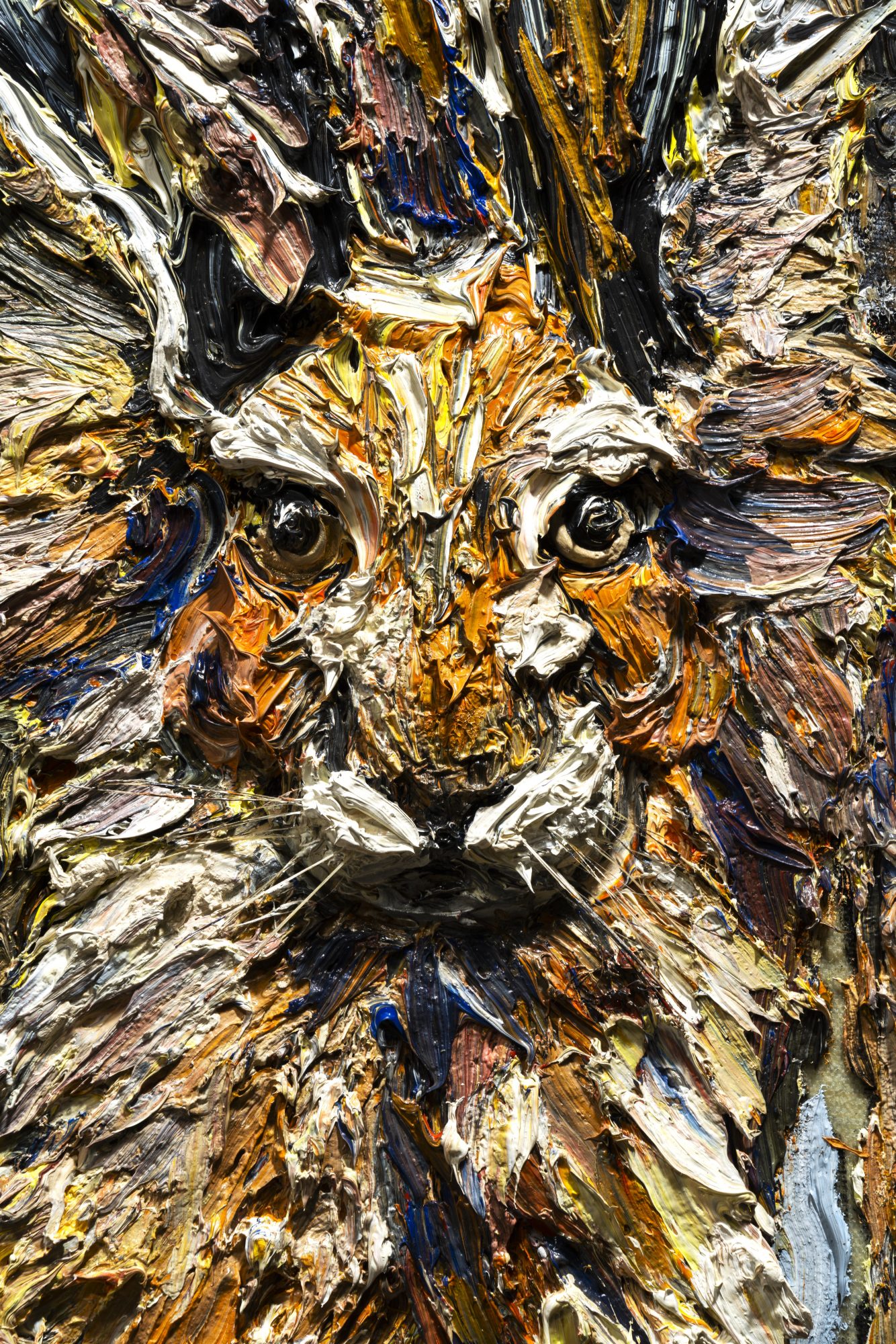
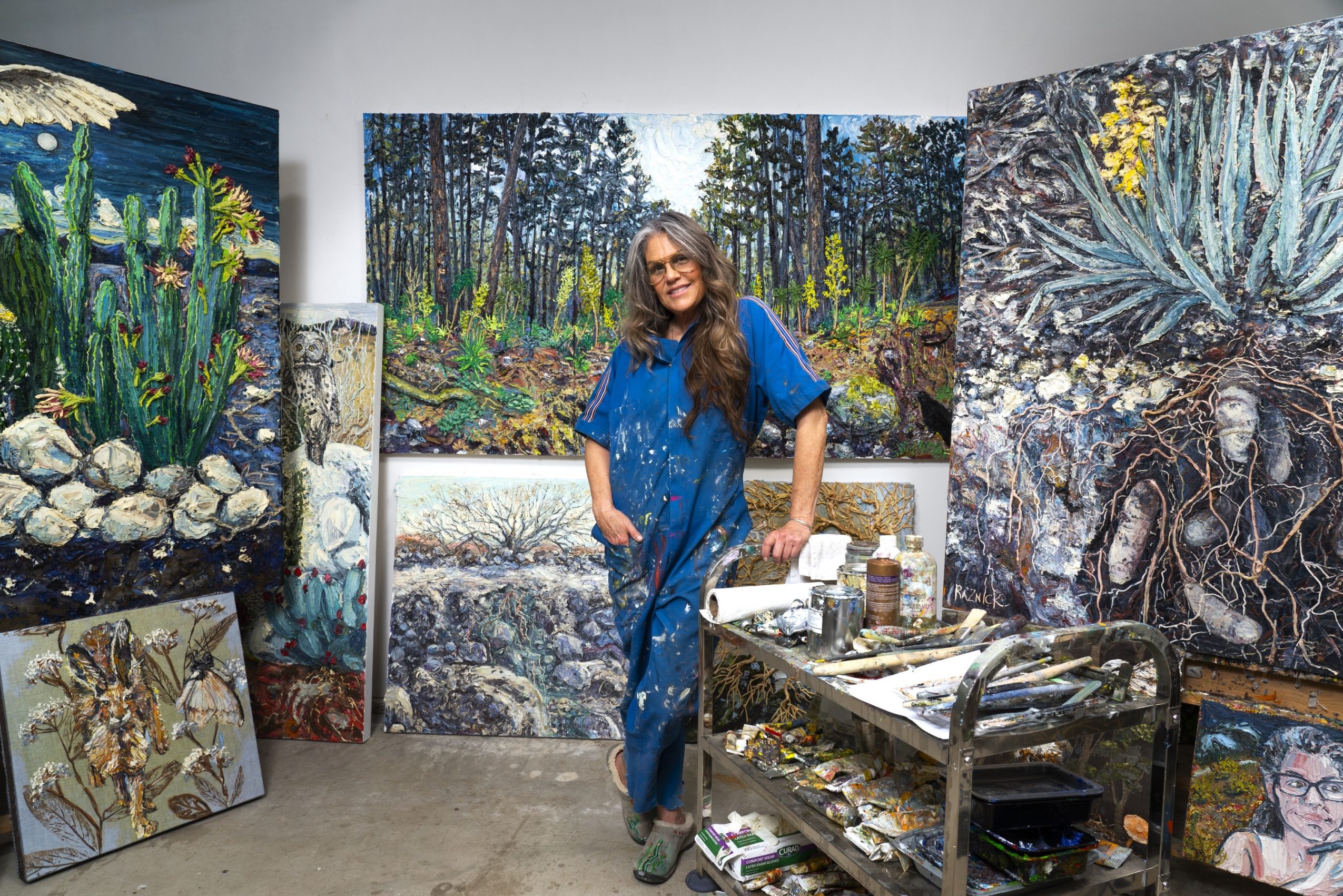
 Image Credits
Image Credits
Jeff Mclane Aaron Farley

